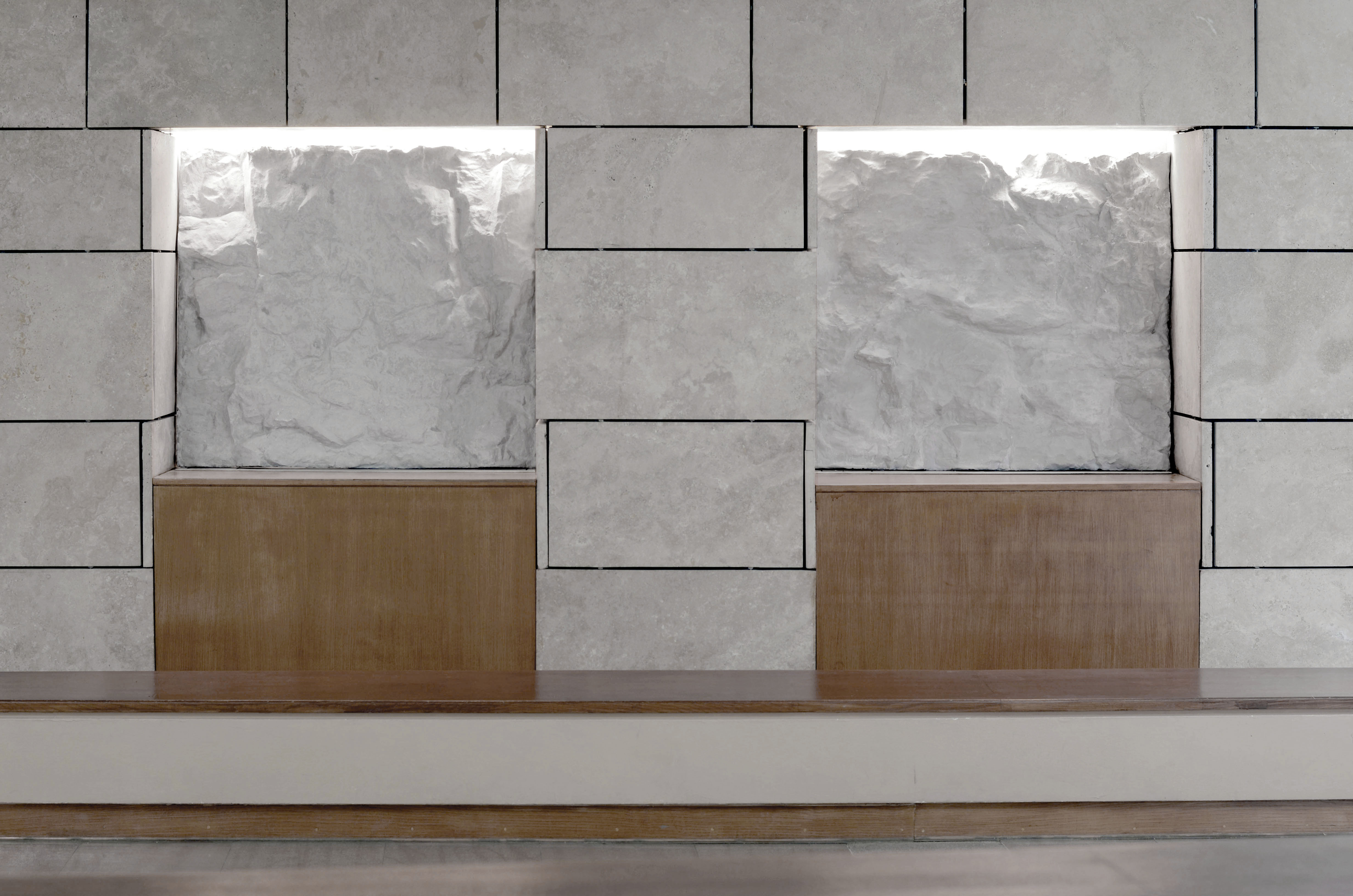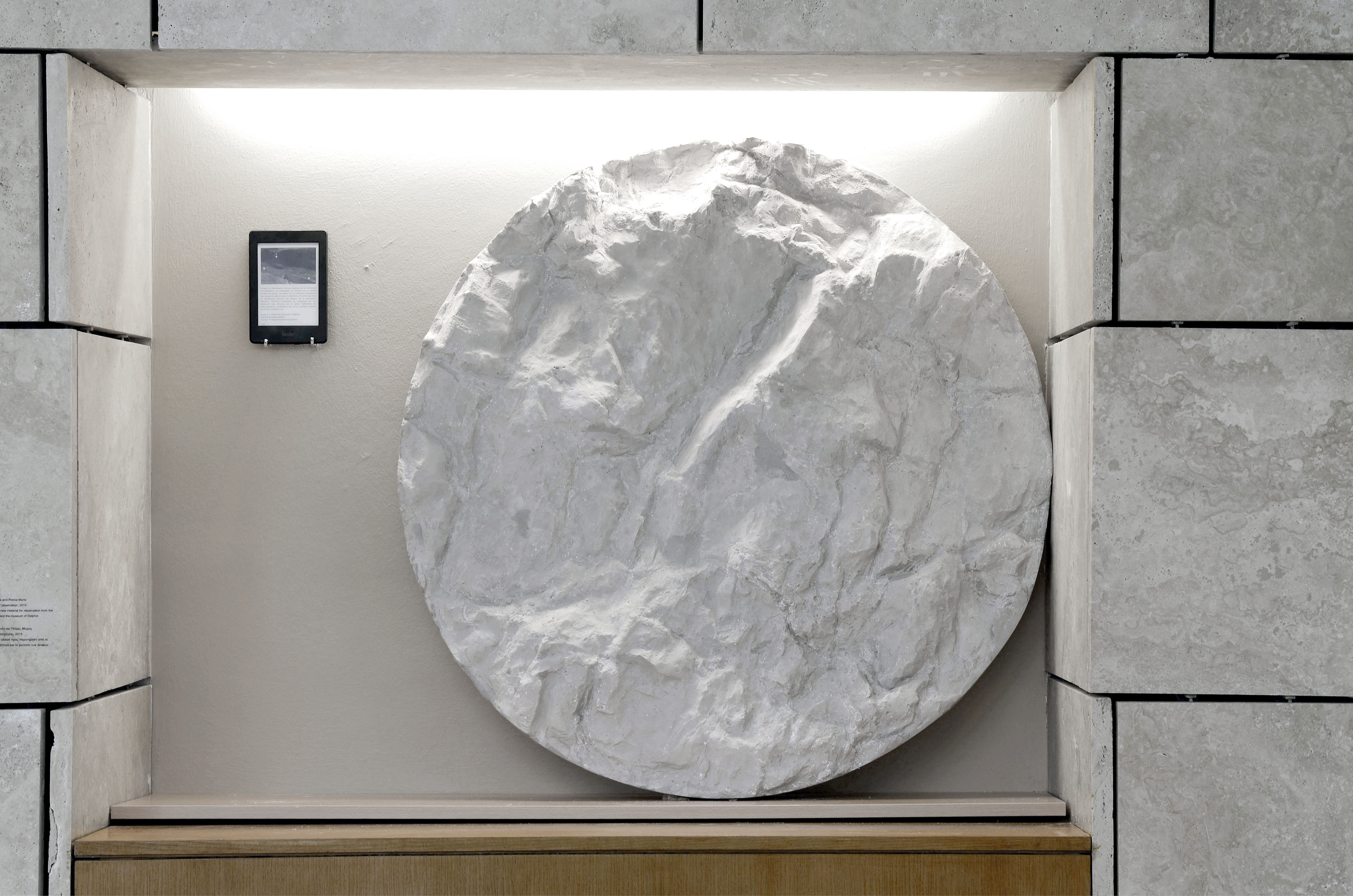The Structure of Observation
Aristide Antonas and Petros Moris, The structure of observation (38.275993, 22.295730 Cast 1, 2), 2015
Aristide Antonas and Petros Moris, The structure of observation (38.275993, 22.295730 Cast 3), 2015
The structure of observation is a note on the topology of the gaze, the recognition of the one across and the mental connection of space, time and the scopic objects within these dimensions. The landscape around the Museum of Delphi and the ruins of the stone-built Pavilion served as the outline for constructing a dialogue about the relation between observer and observed, geographic and visual scales, natural and manmade environment. Proximity and distance, the familiar and the Other, the local point of reference and the scopic field were all relativised and arranged in proportion to the theatrical stage and in conjunction with the questions posed by the historical significance and the synchronic condition of Delphi. The gaze performed according to set parameters which led to the process of defining the extraneous entity through the protocol of supervision of the referential field. The project evolved through the synthesis of a series of disparate objects: digital images from the ephemeral work on the ruined pavilion, satellite records from parts of the region, casts taken from elements of the landscape, samples of geological material. All these are installed under the condition of a complex process of displacement which takes place in the institutionalised context of the archaeological site. The various stages of exploration of the site and its meanings, just as the journey made by the two artists and the curator from Athens to Delphi, the stopovers and the obstacles that occurred and determined the pace and the span of their discourse and activities — all these constitute an inevitable and integral part of the project. A key moment in this course was the awkwardness before the condition of surveillance of the forest security unit which keeps an observation point next to the ruined building. This prismatic assemblage is shown both in the exhibit presented by Aristide Antonas and Petros Moris at the Archaeological Museum of Delphi and in the marginally visible trace they left on the observatory.
Evangelia Ledaki, 2015

